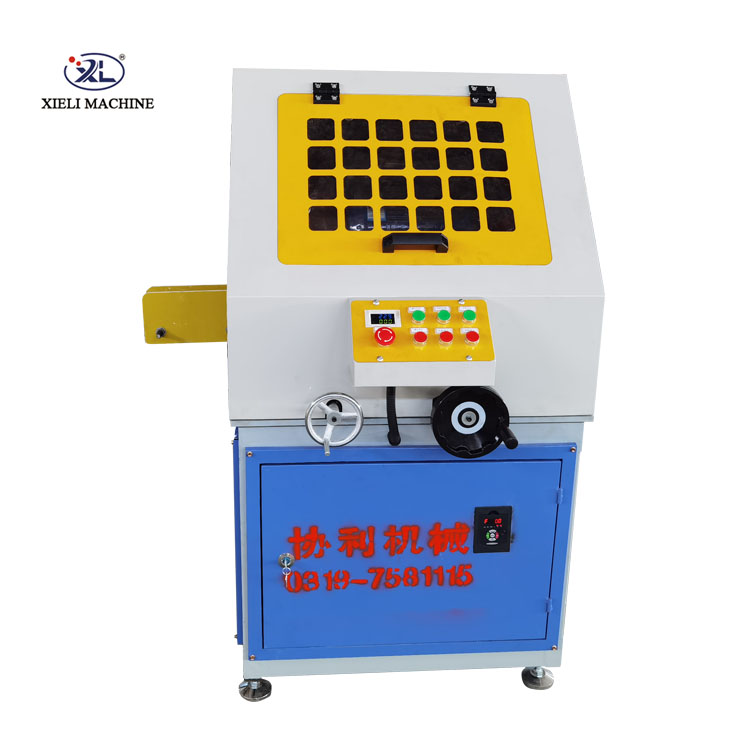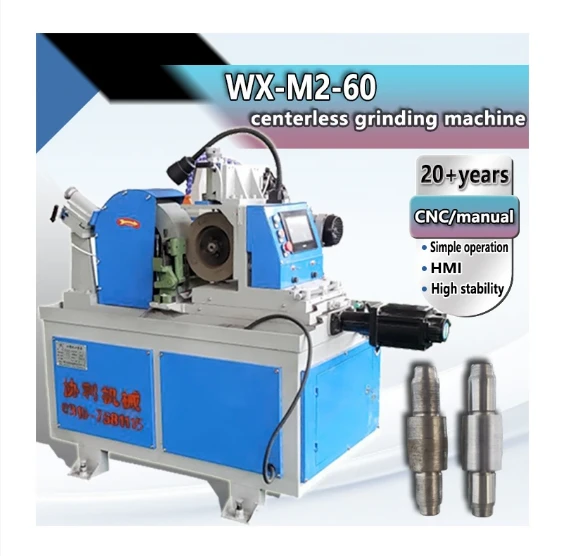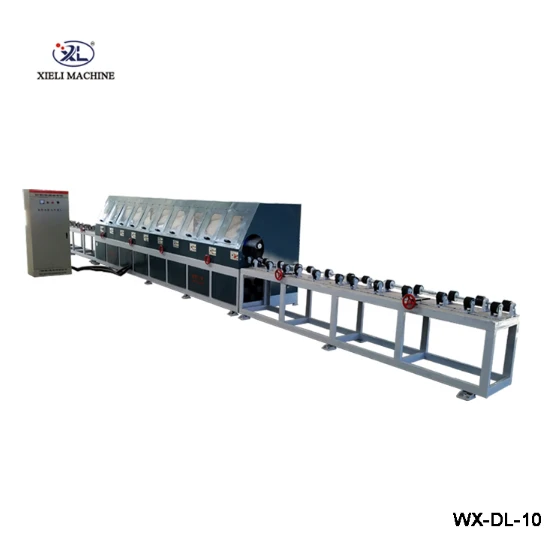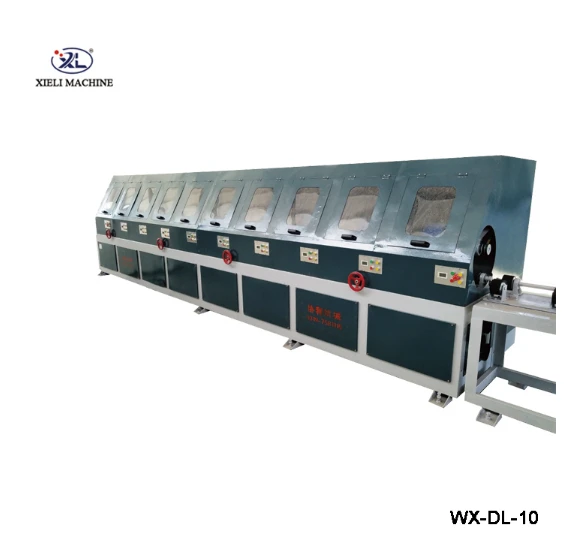In the rapidly evolving metal fabrication industry, Stainless steel pipe polishing machine for round technology has become indispensable for achieving superior surface finishes. This guide examines industry innovations, technical specifications, and applications for these precision systems.
Industry Trends and Technological Evolution
The global market for metal finishing equipment is projected to reach $12.7 billion by 2028, with stainless steel polishing solutions leading adoption rates. Recent innovations in Stainless steel pipe polishing machine for round technology focus on automation integration, energy efficiency, and adaptive polishing algorithms.
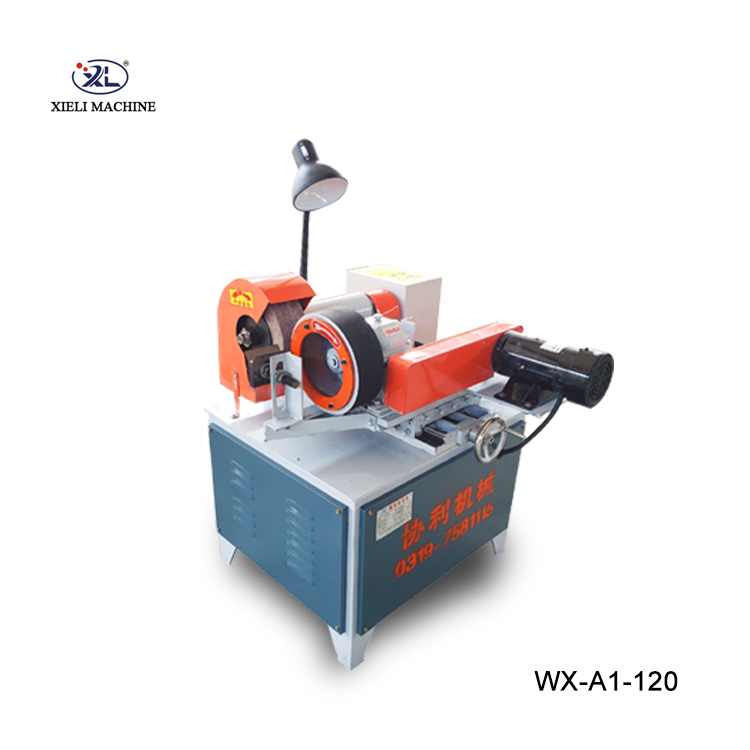
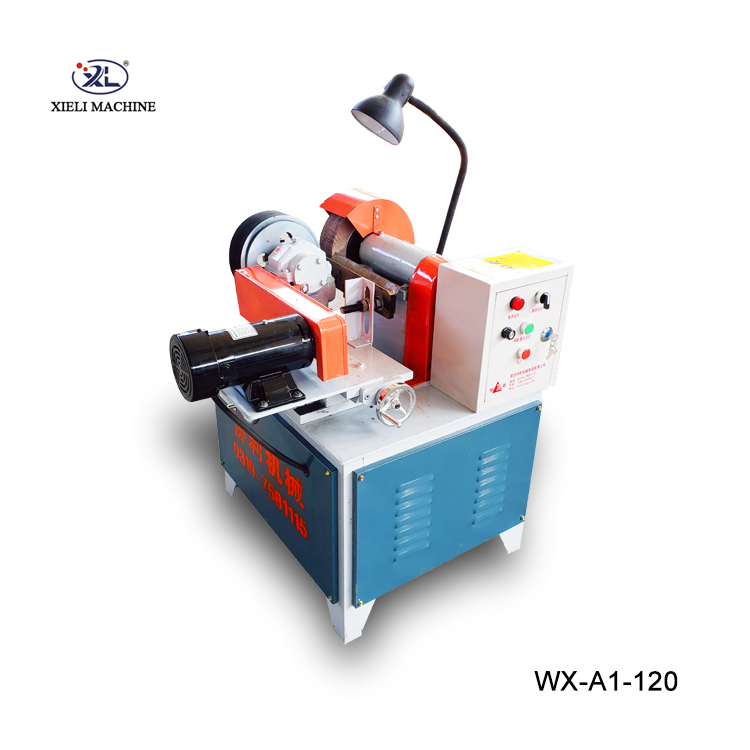

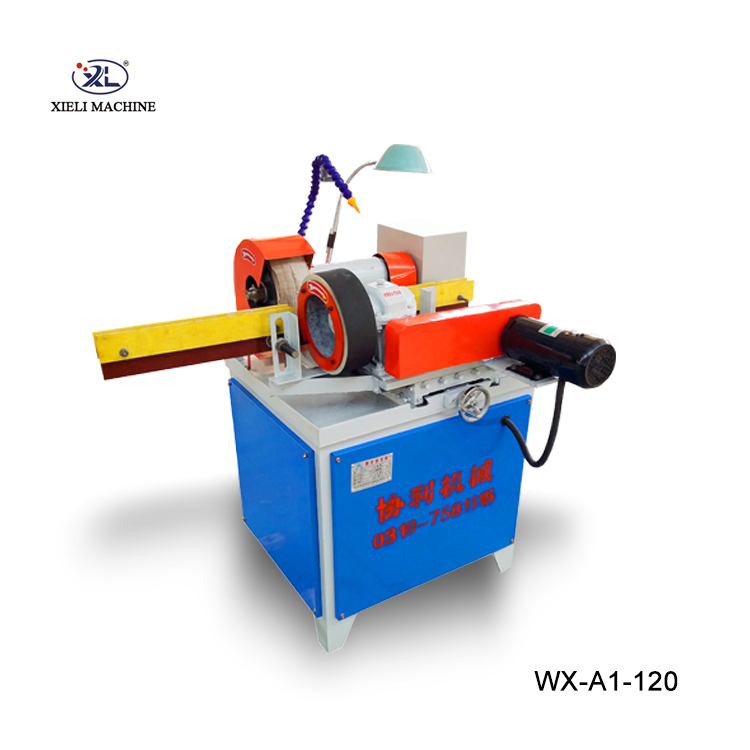
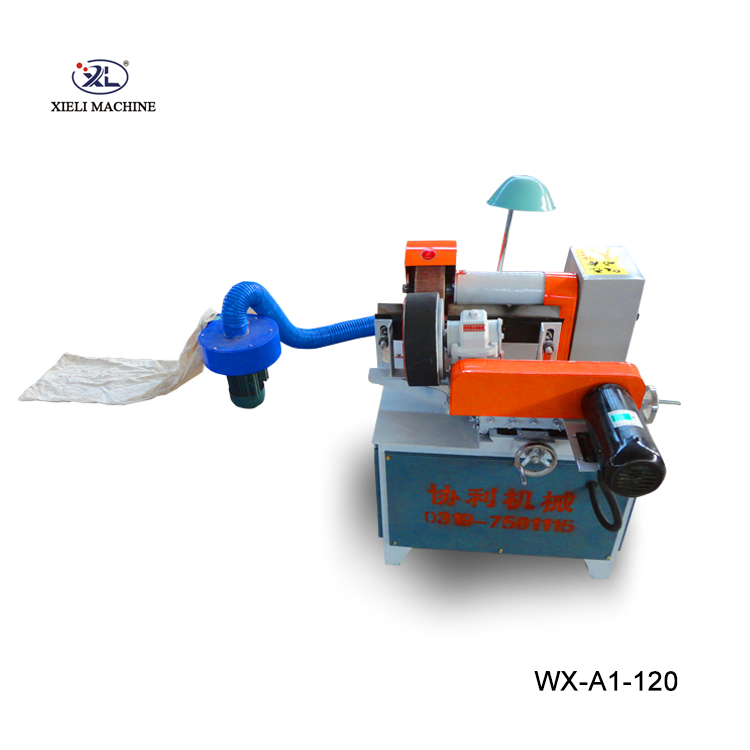
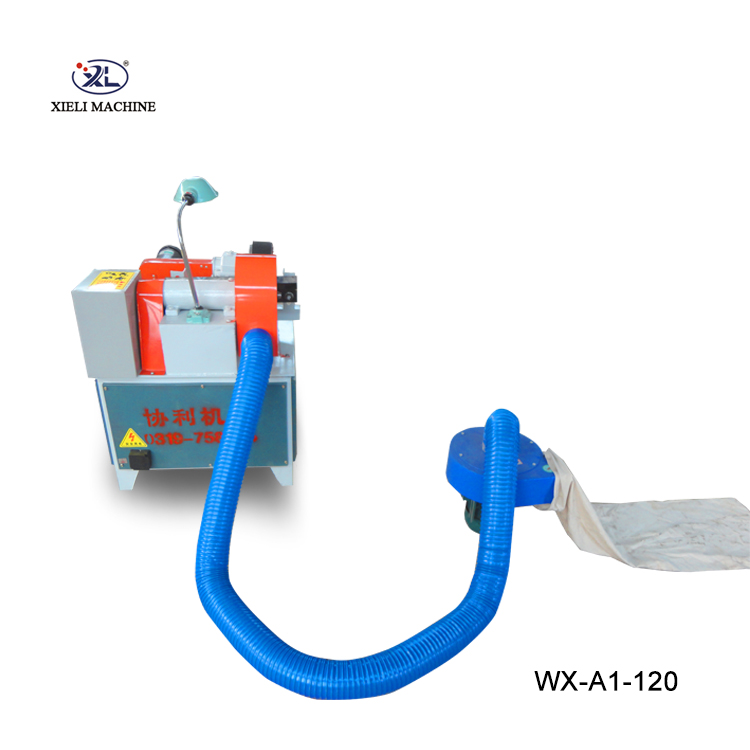
Technical Specifications Analysis
Modern Stainless steel pipe polishing machine for round systems feature advanced capabilities. Below are industry-standard parameters for professional-grade equipment:
| Parameter | Standard Range | Industrial Grade | High-Precision |
|---|---|---|---|
| Pipe Diameter Capacity | 10-120mm | 15-150mm | 5-200mm |
| Surface Roughness (Ra) | 0.4-0.8μm | 0.2-0.6μm | 0.05-0.3μm |
| Processing Speed | 2-6 m/min | 3-8 m/min | 1-12 m/min |
| Power Consumption | 8-15 kW | 10-18 kW | 12-22 kW |
| Abrasive Belt Grit | 120-600# | 80-1000# | 60-2000# |
| Automation Level | Semi-Auto | PLC Controlled | AI Adaptive |
Performance Metrics Visualization
Technical Advantages of Modern Polishing Systems
Stainless steel pipe polishing machine for round solutions like those manufactured by Xingtai Xieli Machinery represent the pinnacle of efficiency and reliability. These systems feature:
- Multi-axis adaptive polishing heads that automatically adjust to pipe contours
- Integrated dust collection systems meeting ISO 8503 surface preparation standards
- Real-time surface monitoring with CCD vision systems
- Energy recovery systems reducing power consumption by up to 40%
- Industry 4.0 compatibility with OPC-UA communication protocols
Xingtai Xieli Machinery Manufacturing
Specializing in industrial polishing solutions since 2008
Website: https://www.xielizz.com
Product Page: Stainless Steel Pipe Polishing Machine Details
Phone: +86-13831972623
Email: xtjgjc@163.com
Address: Xihuang Industrial Park, Xingwan Town, Ren County, Xingtai City, Hebei Province, China
Industry Applications
The versatility of Stainless steel pipe polishing machine for round systems enables applications across numerous sectors:
Medical Device Manufacturing
Surgical instrument tubing requires exceptionally smooth surfaces (Ra ≤ 0.1μm). Modern polishing machines achieve mirror finishes meeting ASTM A967 passivation standards with 99.7% consistency in medical-grade stainless steel.
Food Processing Equipment
Compliance with 3-A Sanitary Standards demands hygienic surface finishes. Stainless steel pipe polishing machine for round systems prevent bacterial colonization through uniform surface textures while maintaining corrosion resistance.
Professional FAQ: Technical Considerations
Q: What material compatibility should be considered for abrasives?
A: For austenitic stainless steels (304/316), ceramic aluminum oxide belts (400-800 grit) deliver optimal results. Superfinishing applications may require diamond-embedded abrasives for surface roughness values below 0.1μm Ra.
Q: How do polishing parameters affect corrosion resistance?
A: Polishing pressure above 0.6MPa can induce surface deformation, compromising passive layer formation. The optimal feed rate of 4-6 m/min maintains material integrity while achieving required roughness parameters per ASTM A480 specifications.
Q: What safety standards govern ventilation requirements?
A: NFPA 652 combustible dust standards require minimum capture velocities of 100 fpm at grinding points. Water mist suppression systems can reduce explosion risks when processing below 40μm particulate levels.
Q: How are vibration issues addressed in industrial models?
A: Premium Stainless steel pipe polishing machine for round systems incorporate dynamic balancing systems with automatic compensation. High-rigidity frames with vibration-dampening composite materials maintain stability at operating speeds up to 1500 RPM.
Q: What tolerance levels can be maintained for round tubes?
A: Precision models achieve ±0.02mm diameter consistency across 6-meter lengths. Concentricity is maintained within 0.05mm TIR through hydraulically stabilized roller systems with real-time feedback adjustment.
Q: How do automated systems handle varying wall thickness?
A: Advanced pressure profiling algorithms automatically adjust contact pressure as thickness changes. Eddy current sensors detect wall variations with 0.1mm resolution, preserving surface uniformity while preventing distortion.
Q: What energy efficiency metrics should buyers evaluate?
A: Look for regenerative drive systems that capture braking energy. Premium models achieve specific energy consumption below 0.8kWh per square meter of processed surface area, meeting ISO 50001 energy management standards.
Technical Performance Comparison
Installation & Maintenance Best Practices
Proper installation of a Stainless steel pipe polishing machine for round requires:
- Precision leveling to ≤0.05mm/m tolerance using laser alignment systems
- Independent power circuits with voltage stabilization (±5%)
- Air supply quality meeting ISO 8573-1 Class 2 specifications
- Foundation vibration isolation achieving 85% vibration attenuation
Maintenance protocols should include:
- Daily abrasive belt tension verification (200-300N force)
- Weekly bearing temperature monitoring (max 65°C operation)
- Monthly geometric calibration using master calibration pieces
- Quarterly filtration system integrity testing
Industry Recognition and Technical Validation
Modern Stainless steel pipe polishing machine for round solutions have been validated in multiple industrial studies:
"Recent testing at the Advanced Manufacturing Research Centre demonstrated that automated polishing systems reduce processing time by 60% while improving surface consistency by 82% compared to manual methods. The parametric optimization models developed represent a significant advancement in surface finishing technology." (Source: CIRP Journal of Manufacturing Science and Technology)
According to the International Journal of Advanced Manufacturing Technology, "The introduction of machine learning algorithms in polishing parameter optimization has reduced material waste by 45% while achieving surface roughness variances below 0.02μm across production batches. This technological leap establishes new benchmarks in high-precision surface finishing." (Source: International Journal of Advanced Manufacturing Technology)

